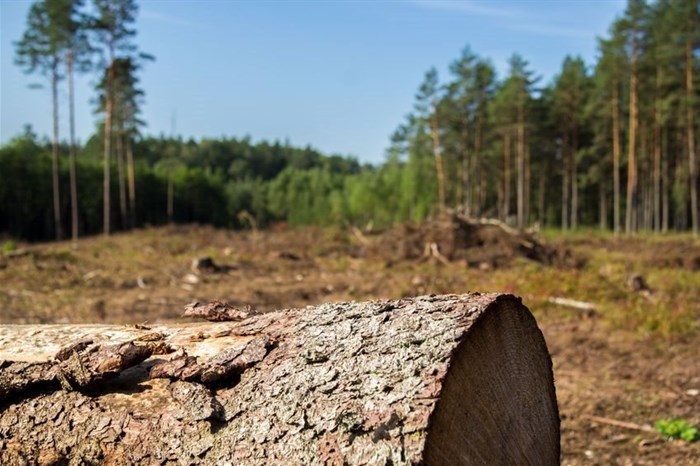Looking beyond the trees: Supporting sustainable forestry for our future

As a paperboard packaging manufacturer, we recognise that forests carry far more value than just the paper they supply. But if we are to secure the long-term availability of this natural resource, as well as safeguard our planet’s well-being, it is critical that we support the sustainable management of forests.
What does sustainable forestry actually mean?
Simply put, sustainable forestry balances the needs of the environment, wildlife, and forest communities while ensuring the longevity of forests for future generations. In commercial forestry, this means planting, harvesting and replanting in rotation, so that there are always trees of different ages growing at the same time. Sustainable forests not only provide a renewable resource, but they preserve natural habitats and promote local socio-economic development.
At Nampak Liquid Cartons, for example, 100% of the paper used in our paperboard packaging is from sustainable forests. Our suppliers have partnered with the Forest Stewardship Council (FSC) and the Programme for the Endorsement of Forest Certification (PEFC) to ensure that their material is sourced from certified sustainable forests, and the wood can be traced through every step of the supply chain.
Graham Mc Kinon, managing director for Stora Enso Southern Africa, a supplier to Nampak Liquid Cartons, explains: "We source wood sustainably for our renewable products, considering the economic, social, and environmental aspects. We know the origin of all the wood we use, promoting forest certifications and third-party traceability systems, and make every effort to ensure that more trees are grown than harvested. Our ambition is to be a global leader in the circular economy with high-quality renewable packaging materials that address the needs of today’s eco-conscious consumers, and replace fossil-based materials with low carbon, renewable and recyclable alternatives.”
Protecting biodiversity
Integral to the forest certification programmes is the protection of valuable ecosystems, where sustainable forestry can support and maintain biodiversity. Measures include setting aside areas as habitats for wildlife or increasing decaying wood at harvesting sites. Hundreds of species are dependent on dead wood for their survival, such as insects, small mammals, birds and other plants, which contribute to forest health and stability. Dead wood encompasses lying timber, but also standing dead trees, which can be artificially snagged to promote forest biodiversity.
Counteracting climate change
In sustainable forestry, the regeneration of trees means the wood has a low carbon footprint, especially when compared to finite fossil-based materials. The faster a tree grows, the more carbon it absorbs, reducing the levels in the atmosphere and reversing the greenhouse effect. In addition, this carbon dioxide remains locked in the wood, even after it’s made into products and recycled. The older a tree gets, the slower its ability to sequester carbon, which is why the replanting of new trees in sustainable forests is important for combatting global warming.
Compared to other fossil fuel-heavy packaging materials, such as plastic and metal or glass that are energy-intensive to produce, the manufacture of sustainably sourced paper can also play a significant role in the natural carbon cycle. Pulp, paper, and board mills can turn biomass-based residual materials from wood, such as sawdust or bark, into renewable fossil-free energy for production processes. As long as these by-products originate from sustainably grown trees, which reabsorb the carbon once the fuel is burned, this doesn’t add carbon to the atmosphere.
Contributing to the circular economy
If we are to ease our impact on the planet’s resources by reducing our waste, we need to favour materials that are also recyclable. Sustainable forests provide strong, high-quality virgin wood fibres in paper products that allow them to be recycled up to seven times. Choosing a packaging solution that combines renewability and recyclability, such as sustainably sourced paperboard, can help close the loop in the circular economy.
Arbour Week offers an opportunity to acknowledge the valuable contribution of healthy, thriving forests to the environment, economy and society. Supporting sustainable forestry practices can help us to continue reaping these benefits now and into the future.